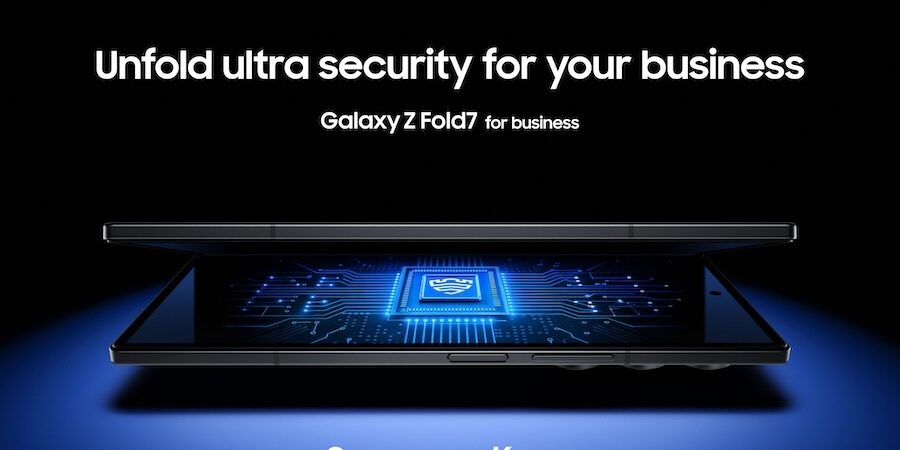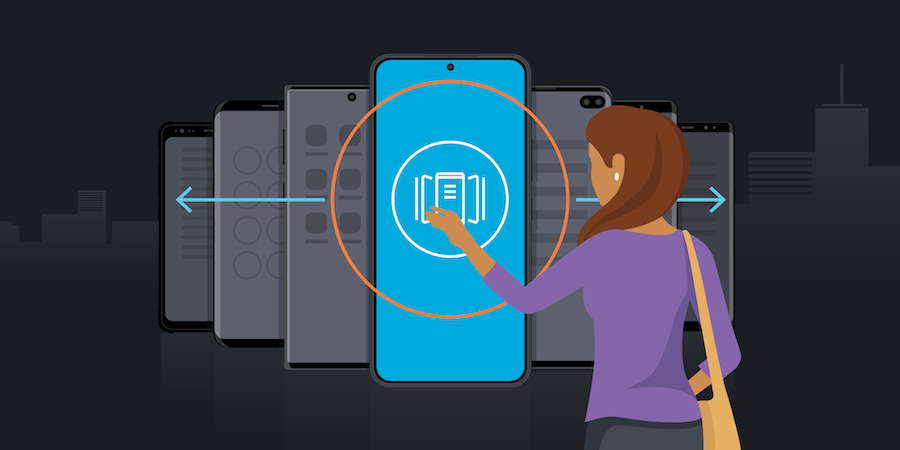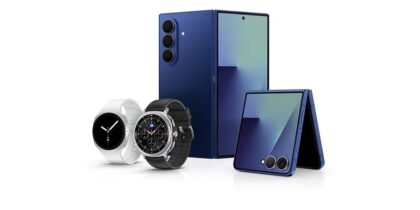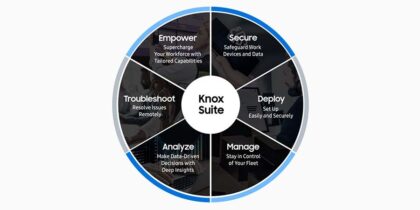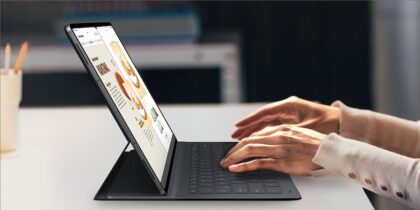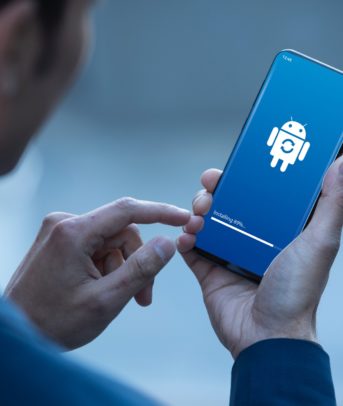In today’s workplace, mobile devices are now an indispensable part of business operations. That’s largely due to the technology inside. Today’s smartphones rival — and sometimes exceed — laptops in capability, serving as a complete mobile workstation for workers on the go.
The latest generation of business-ready foldables, such as Samsung Galaxy Z Fold7 and Samsung Galaxy Z Flip7, takes this even further, creating enormous opportunity for productivity.
But with great power comes greater risk, as the expanded roles and network can open avenues for cyberattacks, making robust security systems like Samsung Knox a must. That tension between possibility and risk is playing out across every industry. It’s a balancing act that will define the next era of enterprise operations.
The state of mobile security
Mobile fleets are generally harder to govern than traditional desktops. Devices are scattered across geographies, updated on inconsistent schedules and often blur personal and professional use. With bring-your-own-device (BYOD) commonplace — half of organizations, according to Forrester — IT teams must try to enforce standards across a patchwork of operating systems, firmware versions and carriers. The inconsistency opens gaps, and attackers are quick to take advantage of them.
Meanwhile, regulators are raising the stakes. Laws like General Data Protection Regulation, Health Insurance Portability and Accountability Act, and California Consumer Privacy Act have long addressed data protection, but new frameworks, such as the European Union’s Digital Operational Resilience Act (DORA) and the White House’s national cybersecurity strategy bring mobile endpoints squarely into focus.
As a result, auditors and boards are no longer satisfied with generic policies; they want evidence that mobile devices meet the same level of scrutiny as any other system that touches critical data. Human-driven errors, the operational challenge of managing device fleets and tightening regulatory expectations make mobile security one of the most pressing fronts in enterprise risk management. Enterprise mobile protection is high stakes, too, with the average cost of a data breach reaching $4.4 million.
Where mobile security is headed
The forces shaping mobile security are moving quickly, and they go well beyond devices themselves. The headliner is AI. On the attack side, generative AI has lowered the barrier to entry for cybercriminals by producing more convincing phishing lures and even deepfake content used in social engineering schemes. Fortunately, AI is just as powerful on the defense. Security teams are starting to lean on AI-driven tools to spot anomalies, flag risky behavior and manage the constant stream of signals that mobile fleets generate.
What's the best phone for your business?
Discover the smartphone most tailored to your business needs. Download Now
Zero Trust is another trend that is shifting from concept to reality. For years it was discussed as a north star; now it’s showing up in actual deployments. A Gartner survey found that 63% of organizations worldwide have fully or partially implemented a zero-trust strategy. The idea is simple: no device or user should be trusted by default, whether they’re inside or outside the network. For mobile users, that means tying access decisions to real-time checks of device health, identity and context, not just static credentials. As more work moves onto phones and foldables, Zero Trust is becoming the baseline for enterprise-grade protection.
Compliance will continue to shape strategy, but the conversation is changing. Instead of simply meeting regulatory checklists, organizations are being asked to show evidence that their mobile environments are resilient in practice. In Europe, DORA is now in enforcement, and in the U.S., board members are pressing for clearer reporting on mobile security posture as part of overall cyber risk oversight. The expectation is moving from policy on paper to proof in operations.
The growing role of the foldable
A foldable mobile device functions like any other smartphone, giving instant access to email, messages and alerts. Unfolded, that same device expands the workspace, making it possible to review information, edit presentations and collaborate in real time. With Samsung DeX, Galaxy Z Fold7 and Galaxy Z Flip7 foldables can level up further by plugging into a monitor and keyboard for a full desktop experience.
That flexibility is part of what makes foldables so compelling for business. Features and capabilities add more. Multi-active windows and a drag-and-drop interface allow employees to work seamlessly between apps, while Galaxy AI-integration enable real-time translation and summarization.
It also shifts the way IT thinks about security. Multitasking means more sensitive information is in motion across more apps, spurring the need for clear policies about what data can move where. That requires striking a delicate balance between empowering employees to make the most of their mobile devices and restricting risky behavior. The foldable era calls for productivity and protection to work in tandem, not in tension.
A made-for-mobile approach
Mobile security at scale starts below the app layer. That’s the premise behind Samsung Knox Suite: build trust into the device itself, then give IT the controls to extend that trust across the fleet. On Galaxy devices, security begins at the chip level, and these protections carry through the operating system. Knox isolates sensitive material like cryptographic keys and credentials, so authentication data remains protected even if higher software layers are probed.
Samsung Knox brings verification into the access process itself. With hardware-backed attestation, a device can prove its health before connecting to sensitive systems. Authentication then becomes not just a matter of who the user is, but whether the device itself is in a known and trusted state. For enterprises pursuing Zero Trust, this closes the gap between who the user is and whether the device can be trusted.
Beyond hardware, Knox gives IT teams the ability to align policies with how employees tend to work on foldables. Multi-window workflows, drag-and-drop actions, Samsung DeX and even notifications can be configured to prevent accidental exposure of sensitive data while still enabling the productivity that makes these devices attractive.
Managing mobile devices at scale means managing change. With Knox E-FOTA, firmware and OS updates can be tested, staged and deployed on IT’s schedule, ensuring compatibility with business-critical apps and reducing patch latency. Knox Configure and Knox Mobile Enrollment add the same discipline to provisioning, so devices arrive preloaded with the right settings, apps and policies. In short, Knox allows enterprises to embrace the foldable era with both productivity gains and security confidence.
The path forward
Mobile work isn’t a passing phase; it’s the direction enterprise is heading, if not already arrived. What’s emerging is not simply a new form factor, but a new foundation for how organizations operate. With their powerful tools and easy operation, foldables are accelerating adoption and expansion. The real test will be whether foldable security can keep pace. Those that embrace a new approach will set the curve and lead the pack.
Learn more about how Knox Configure can tailor smartphones and tablets to unique business needs, and make sure to contact a Samsung Business expert today.
